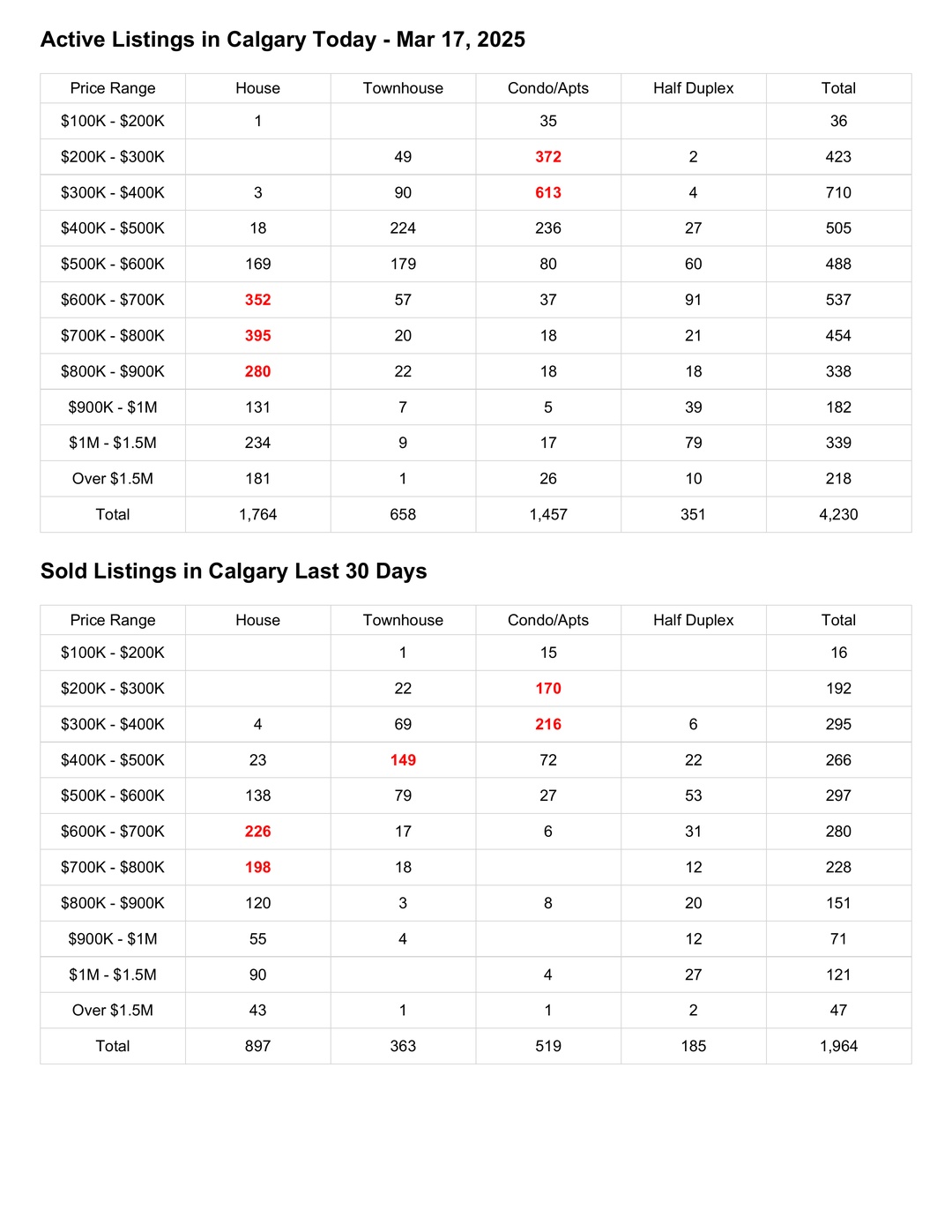Posted on
June 3, 2025
by
J. Charlton
Golf has always been as much about camaraderie as it is about competition. Meeting new players on the first tee can lead to lasting friendships and, potentially, a more consistent group to share tee times with. That’s where 365golfer.com comes in. This app doesn’t just help you organize existing tee times; it’s a tool built to expand and strengthen your golf network. Here’s how you can leverage 365golfer.com to turn every round into a networking opportunity.
The Power of a Growing Golf Group
When your golfing circle is limited to the same four or eight people, you miss out on fresh perspectives, varied playing styles, and the excitement of meeting new competitors. By constantly expanding your group, you’ll enjoy:
Diverse Playing Partners: Every golfer brings unique strengths—someone might be a long hitter, another a terrific putter. Diverse groups keep you sharp.
Broader Social Connections: Networking on the course can lead to business contacts, new friendships, or even travel partners.
More Flexible Scheduling: With a larger roster, finding open spots on short notice becomes easier, especially on busy weekends.
365golfer.com was designed with growth in mind. Whether you’re a weekend warrior or a club regular, the app helps you seamlessly integrate newcomers into your tee-time rotations.
Instant Member Invitations
After a great round, you are likely to exchange contact information with the new person you met. Instead of juggling phone numbers, simply log into 365golfer.com, navigate to your group’s “Invite Members” section, and send an invitation via email or text. New players receive a unique sign-up link, and once they join, they appear instantly in your roster.
Real-Time Availability and Alerts
Once a new member joins, they can post their own tee times or claim any open spots. Suppose you have a four-player slot at 8:00 AM next Sunday but one player cancels. 365golfer.com sends an immediate text and email to the entire group, including recent additions, so the first person to respond can claim that slot. This transparency keeps new members engaged and shows them they’re valued.
Real-Life Scenario: From Strangers to Stable Group Members
Imagine this scenario at Pine Creek Golf Club:
Shotgun Start: You’re paired with two other golfers and a newcomer—Sarah—who’s playing the course for the first time.
Post-Round Chat: During the 18th green conversation, you realize Sarah shares your passion for rotating nine-hole games after work.
Instant Invitation: You open 365golfer.com on your phone, select “Invite New Member,” and send Sarah a link.
Welcome Aboard: Within minutes, Sarah signs up, sets her availability (prefers weekday afternoon), and browses upcoming tee times your group has posted.
First Claim: The next Tuesday, a slot opens for a 3:30 PM game. Sarah receives an alert, claims the spot, and shows up ready to play.
Within one week, Sarah moves from a chance encounter to a regular member. Meanwhile, you’ve strengthened your group’s reliability, because if someone else in your core foursome cancels, Sarah is ready to step in.
Make Invites a Routine
After every round where you meet someone new, resist the temptation to “do it later.” Open 365golfer.com right on the 18th green and send the invite before anyone leaves. Prompt invitations are accepted more often.
Strengthening Bonds Beyond the Course
Networking on the golf course goes deeper than simply adding more names to a roster. 365golfer.com help foster community.
Make Every Round Count
Golf isn’t just a sport; it’s a community. With 365golfer.com, you don’t have to settle for the same four faces each week. The app transforms every first-tee introduction into a networking opportunity—turning casual “hellos” into long-term playing partners. By simplifying invitations, offering real-time alerts, and encouraging social engagement, 365golfer.com ensures your group stays dynamic, inclusive, and fun.
Ready to expand your golf network? Visit www.365golfer.com today, create your group, and start turning new acquaintances into your next favorite golf buddies. Make every round an opportunity, and watch your golf community flourish.
















